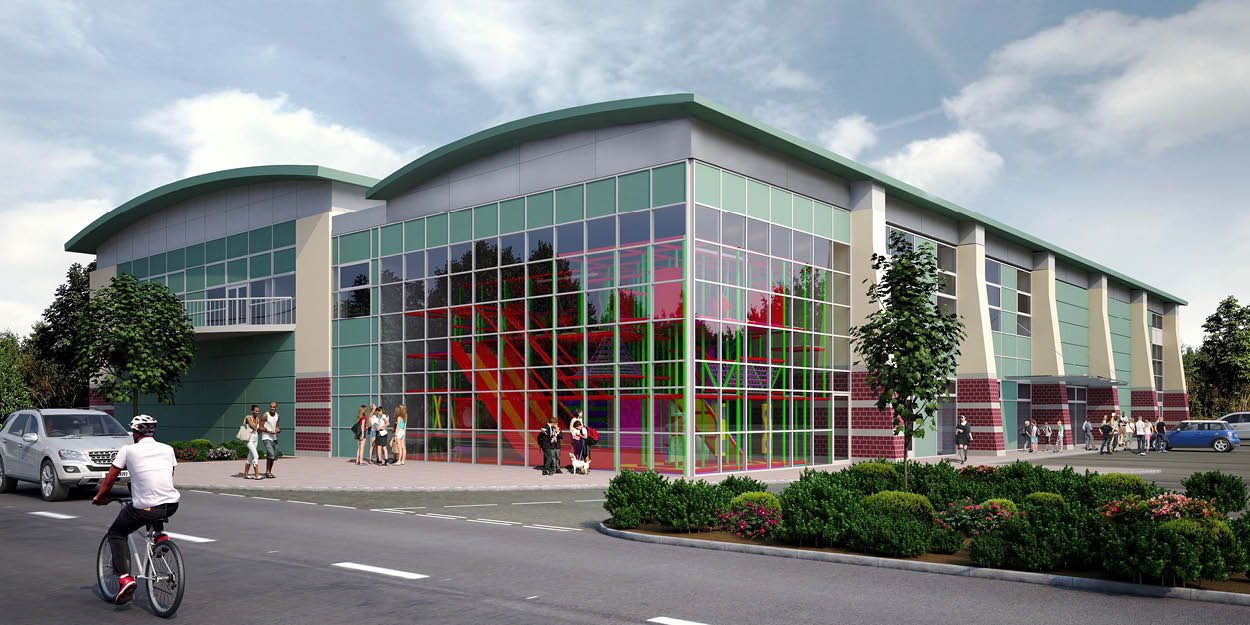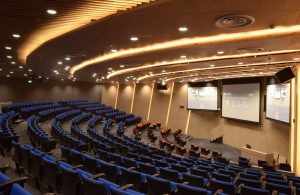Modern lifestyles and an ever-increasing reliance on technology has led to a rise in a range of health issues for today’s population. Whilst in many respects our lives are busier than ever, advances in technology often causes people to lead sedentary lives, with levels of daily physical activity falling way below the recommended threshold.
Public Health England found in their 2016 report investigating the economic cost impact that physical inactivity has on NHS clinical commissioning groups, that insufficient physical activity is among the ten most significant health risk factors for people in England. The results of this report state that physical inactivity is estimated to cost the NHS £455 million per year and as such remains a serious challenge for health services in the UK.
Whilst there is a clear connection between low levels of physical activity and an increased occurrence of certain health issues, there are other important reasons why higher levels of physical activity will have a positive effect on the overall health and wellbeing of a community. Sport England reports that increased opportunities for physical activity, and access to leisure and sporting facilities can help to reduce anxiety, stress or depression; improve levels of confidence and self-esteem and can help bring together people from diverse backgrounds. It is clear that sport can have a dramatic effect on a range of issues that influence community health outcomes.
How Sport and Physical Activity Can Improve Health
The statistics make for worrying reading, just 56% of adults are physically active for the recommended 150 minutes each week and, many of the adults who do meet the recommended levels, are then sedentary for high proportions of their remaining time.
Leading an active lifestyle can reduce the risk of a range of medical conditions, including cancer, dementia, strokes, heart disease and depression. Physical activity can also reduce the risk of developing type 2 diabetes by 30-40%. Sport and physical activity can have a hugely positive impact in terms of the prevention of ill health and can help dramatically with the therapeutic management of existing diseases through improvements in strength, balance, movement and motor skills, and in maintaining a healthy body weight.
Increased physical activity can also provide other positive physical wellbeing outcomes for people of all ages, such as increased energy levels and improved quality of sleep, whilst also helping individuals to reduce unhealthy behaviours such as smoking.
Increased access to sport and leisure facilities can help to create long term healthy behaviours, which can in turn reduce the burden on local NHS Trusts to manage the symptoms of preventable health conditions. This is especially important for specific sections of the community, such as the elderly. Access to health and fitness facilities can improve the overall quality of life for older people, helping to improve mobility and prevent falls, and stop feelings of isolation.
To provide a more integrated approach to health and fitness, there has been a rise in the number of centres which provide sporting and leisure facilities at the same location as Primary Health Care facilities such as GP practices and specialist health services. This type of ‘health hub’ can be accessed by the local community and also shared with services such as pulmonary rehabilitation or physiotherapy. This innovative approach provides a real opportunity for health and leisure providers to improve the overall health and wellbeing of the local population and implement behavioural change initiatives with their patients and within the community.
The Effects of Physical Activity on Mental Wellbeing
The positive benefits of physical activity and how it can improve an individual’s overall health are widely acknowledged, but the positive results it can have on mental wellbeing are just as relevant and important. Physical activity can help to reduce stress and anxiety and can be as effective in treating mild clinical depression as medication. Physical activity is thought to cause chemical changes in the brain which can help to improve mood, which, when combined with the mastering of new skills, can often increase confidence and self-esteem.
Alongside helping the clinical symptoms of depression, other positive outcomes include improved cognitive functioning and regulation of emotion. Exercise also has considerable benefits for people living with dementia, with many studies indicating that physical activity can improve the overall quality of life for people in all stages of the condition.
Participating in sport and leisure activities can increase social interaction which can in turn contribute broadly to general life satisfaction. When physical activity becomes an integral part of a person’s routine it can provide purpose and a real sense of personal pride.
Engaging the Community for Better Health and Social Outcomes
Increasing community access to sport and leisure facilities can have a dramatic impact on both an individual’s personal development and that of the wider community.
Research shows that people who participate in sport show improved outcomes in education and employment and have a more positive self-image. It is thought that these benefits relate to the behaviours and skills gained and developed through sport, such as self-motivation, commitment and goal setting.
Rates of physical activity are lowest in more deprived areas, providing a distinct disadvantage to the community’s health and social outcomes. Projects which improve access to public sport and leisure facilities, or that provide interventions such as subsidised prices, have the potential to improve health outcomes whilst also helping to address social inequalities.
Community sport and leisure facilities have the potential to build stronger communities and provide opportunities to integrate the community and build social cohesion. Engaging people through sport and physical activity and utilising the facilities to support community projects can be an effective way to resolve specific social challenges within a community.
Supporting the Local Economy through Sport and Leisure Projects
Sport contributes £39 billion to the UK’s gross domestic product (GDP), and both grassroot and national sporting activities have a huge impact on the UK’s economic success. The provision of community leisure facilities will also have both a direct and indirect effect on the local economy. Of course, these facilities will provide tangible economic benefits such as employment opportunities and opportunities for local businesses to benefit from custom and trade, but there will also be numerous indirect benefits to the local economy, maybe through reduced healthcare costs due to a healthier population, reduced crime due to better rates of youth engagement, or improved employability due to the life skills developed through sport. It is these wider benefits that are maybe more difficult to measure, but which can improve the local economy through reduced public spending.
Breaking Down the Barriers to Achieving Good Health
Research conducted by Sport England into the behaviours associated with why adults are either active or physically inactive, concluded that those who feel they have do not have any opportunity to be physically active are much less likely to undertake physical activity. There is a positive association between the strength of perceived opportunity and activity levels. There are also differences in perceived access to opportunities across demographic groups, with those from lower socio-economic backgrounds less likely to feel like they have opportunity than those from higher socio-economic backgrounds. It is therefore critical for communities, particularly those of lower socio-economic status, that leisure projects are accessible and affordable to help encourage uptake across all demographics.
Community leisure facilities can act as an important springboard for the start of sports groups, voluntary groups and various clubs which can engage all members of the community and provide better physical and mental health outcomes. Encouraging physical activity is at the heart of government policy to improve health and wellbeing and high-quality leisure facilities play a critical part in challenging behaviours to encourage an active nation.

Natalie Palframan, the Key Account Manager for the North of England at PPF, boasts nearly a decade of invaluable experience within the construction industry. In her dynamic role, Natalie has spent three impactful years at PPF, where her passion lies in closely collaborating with public sector clients across the North, providing expert advice and guidance for their projects.



